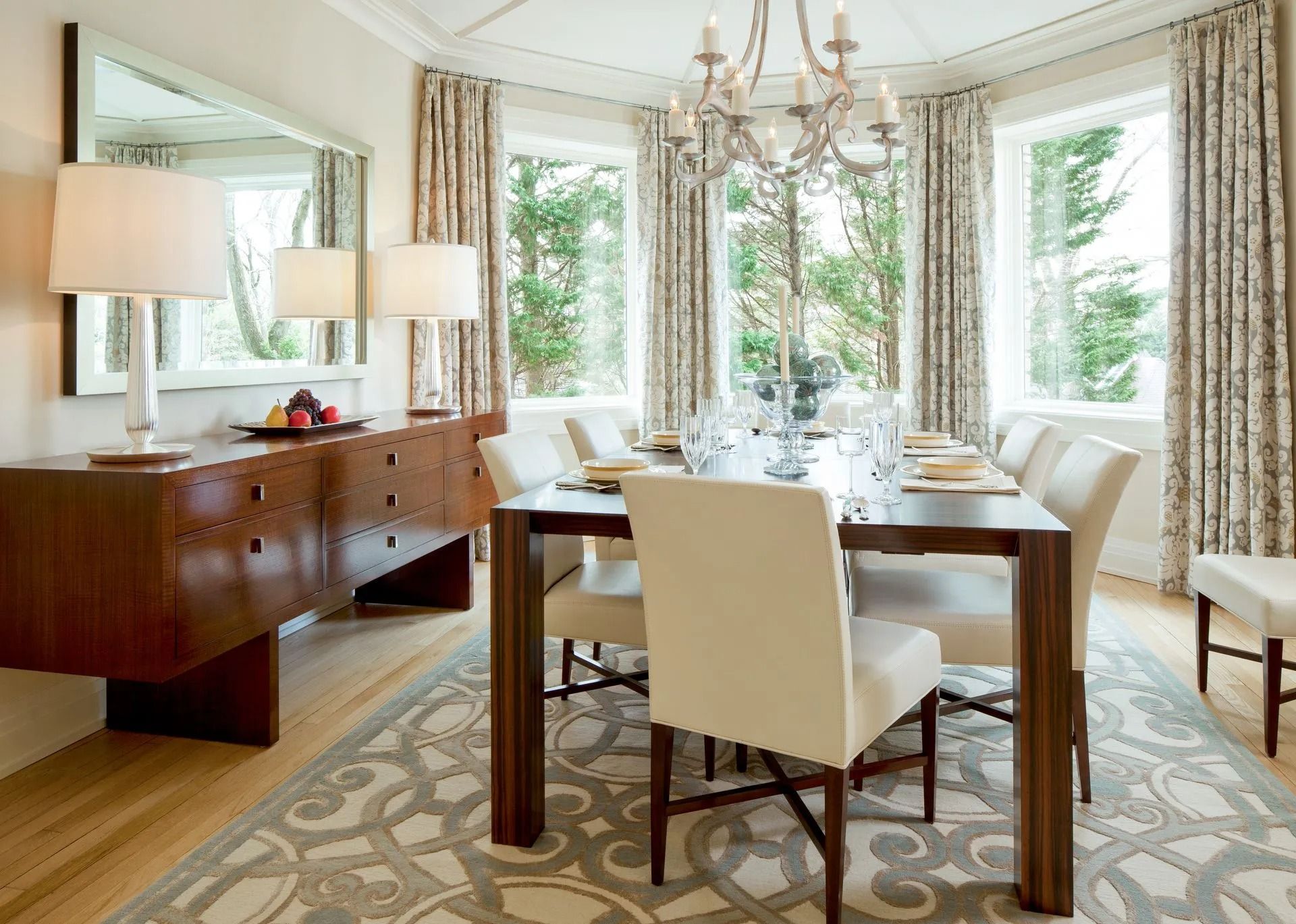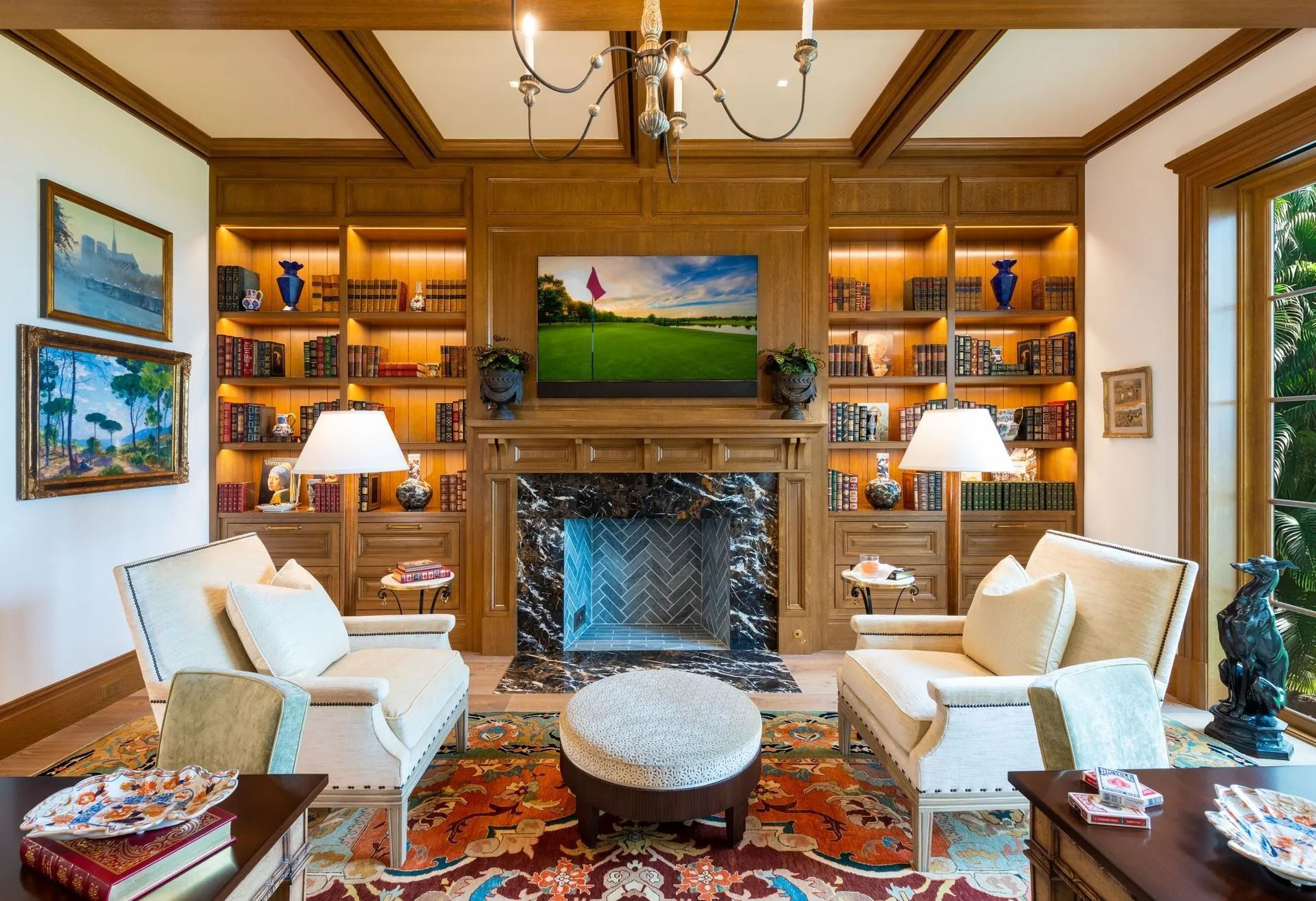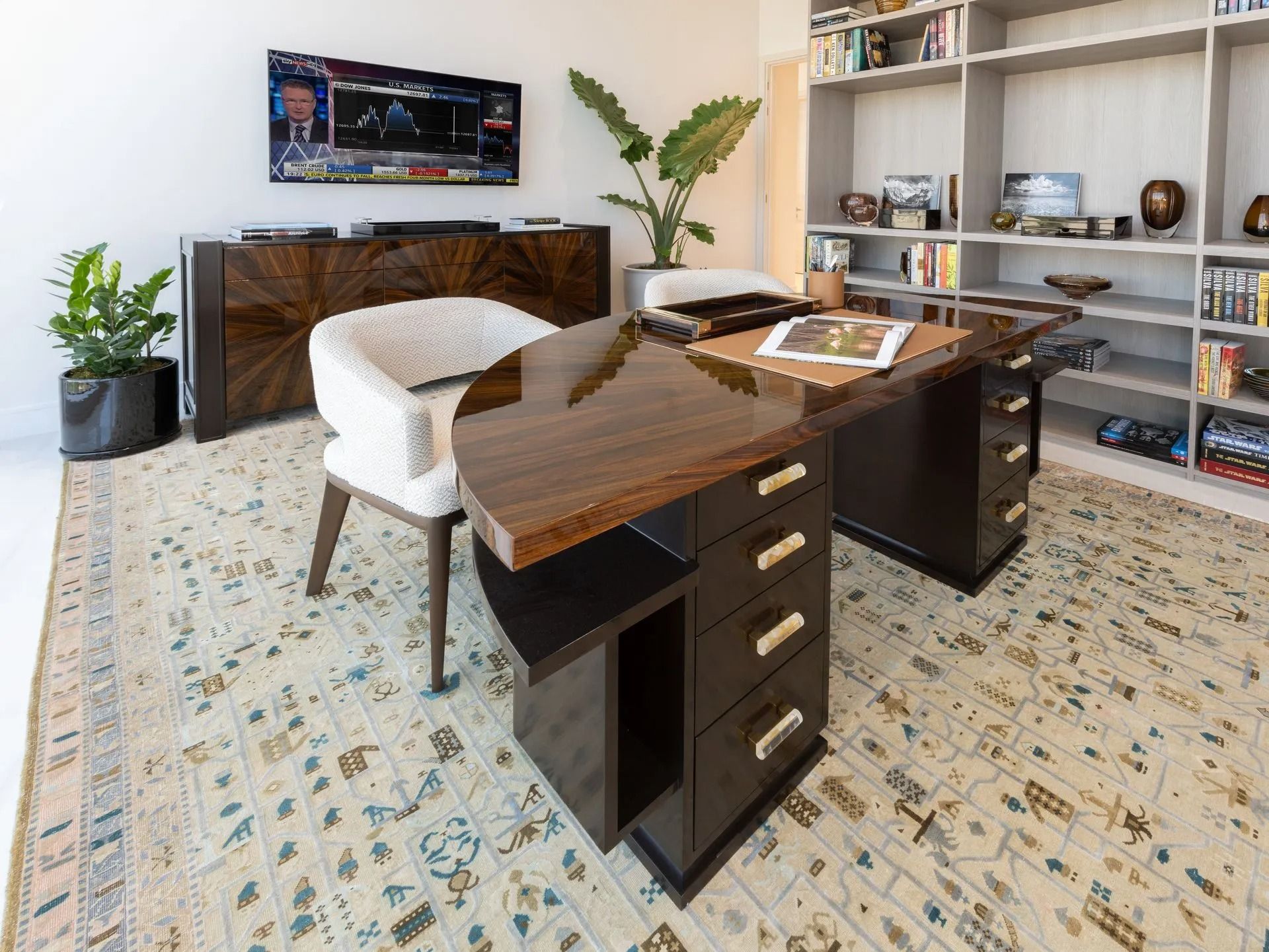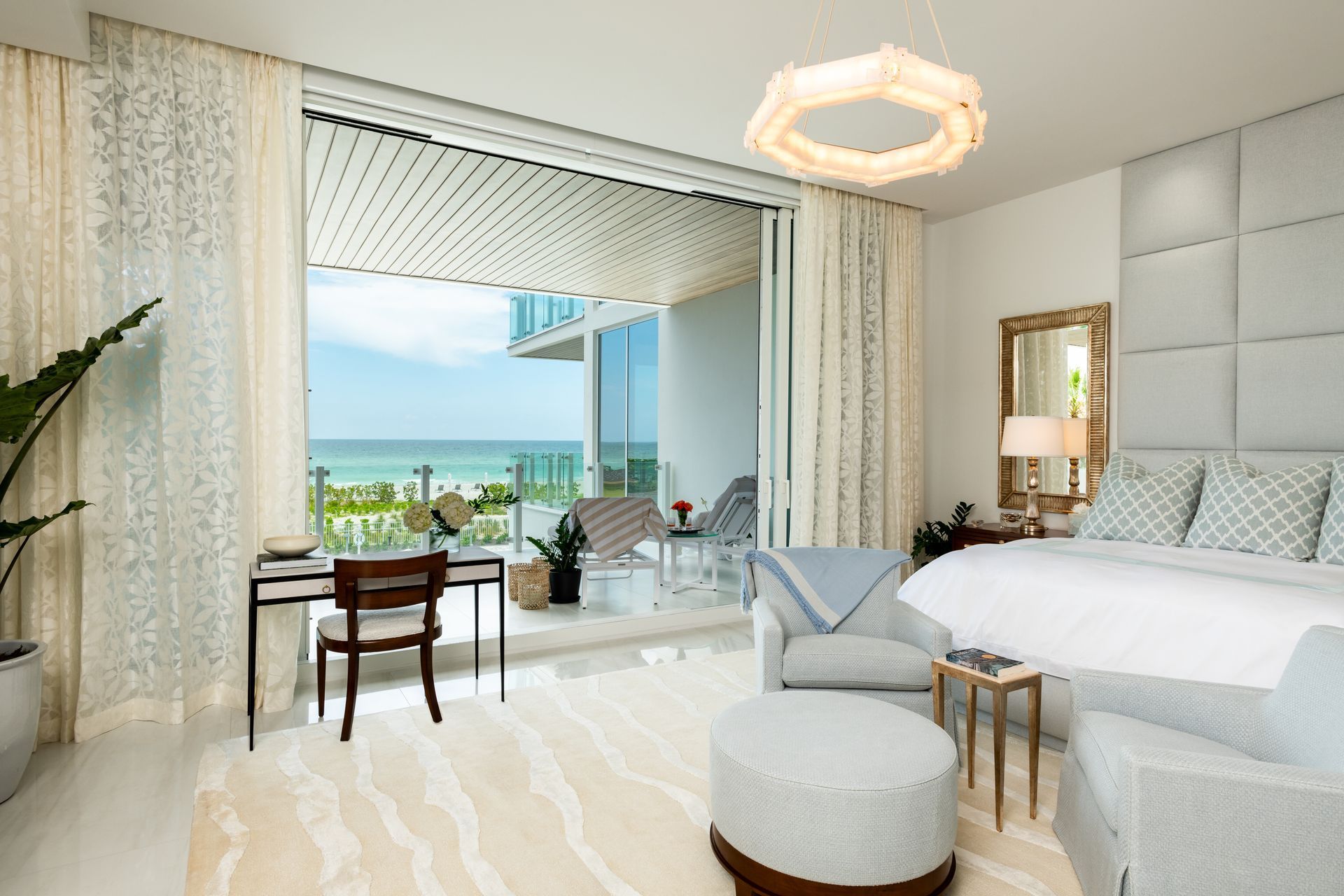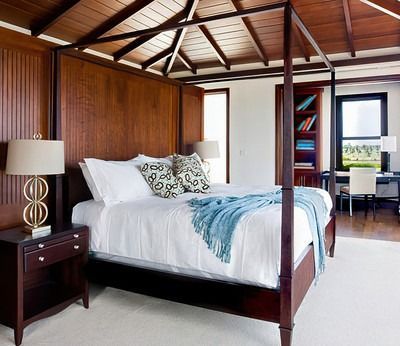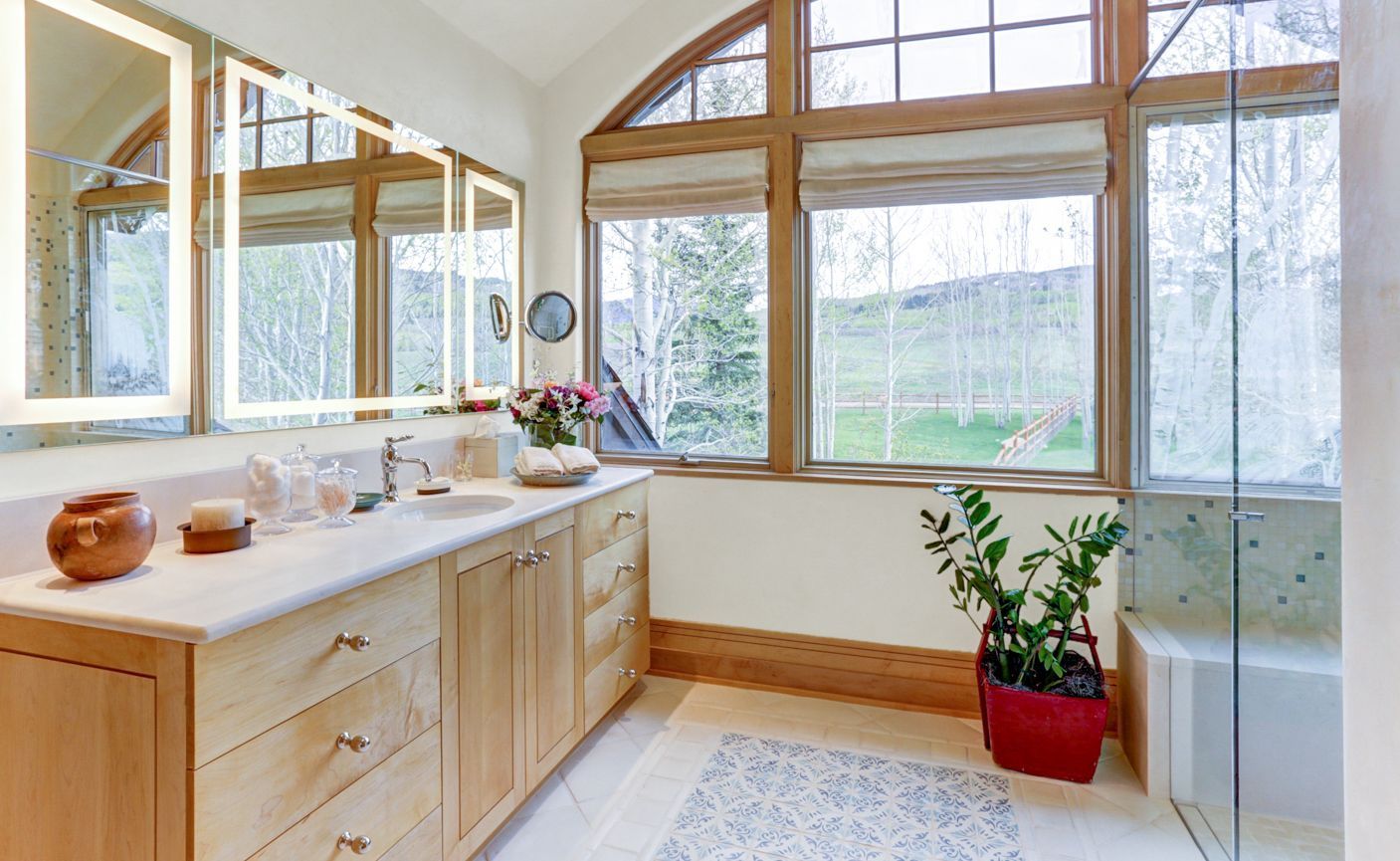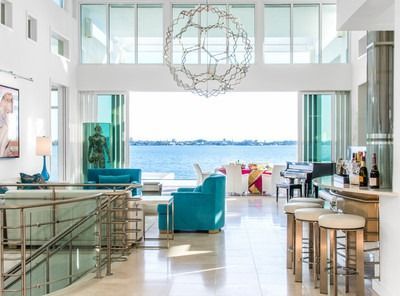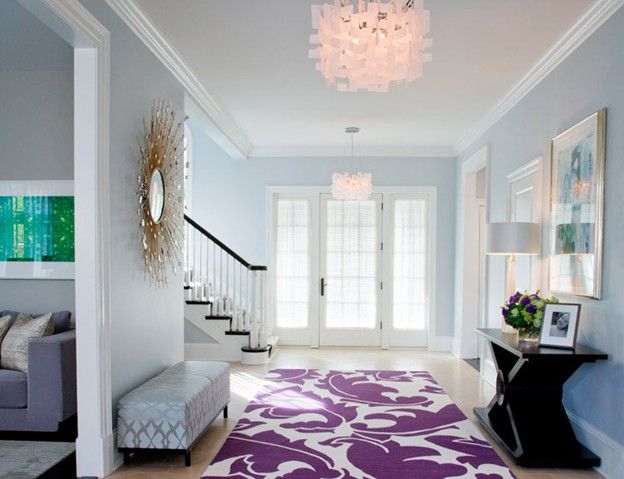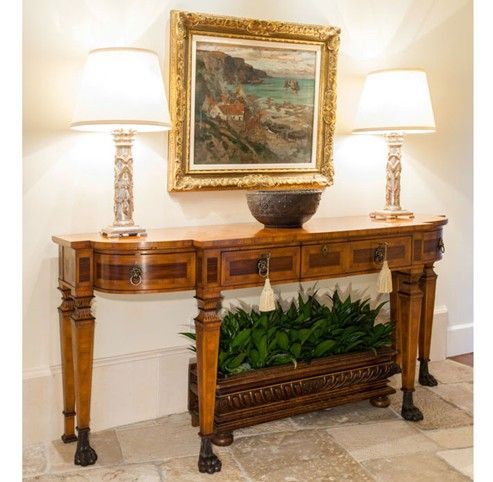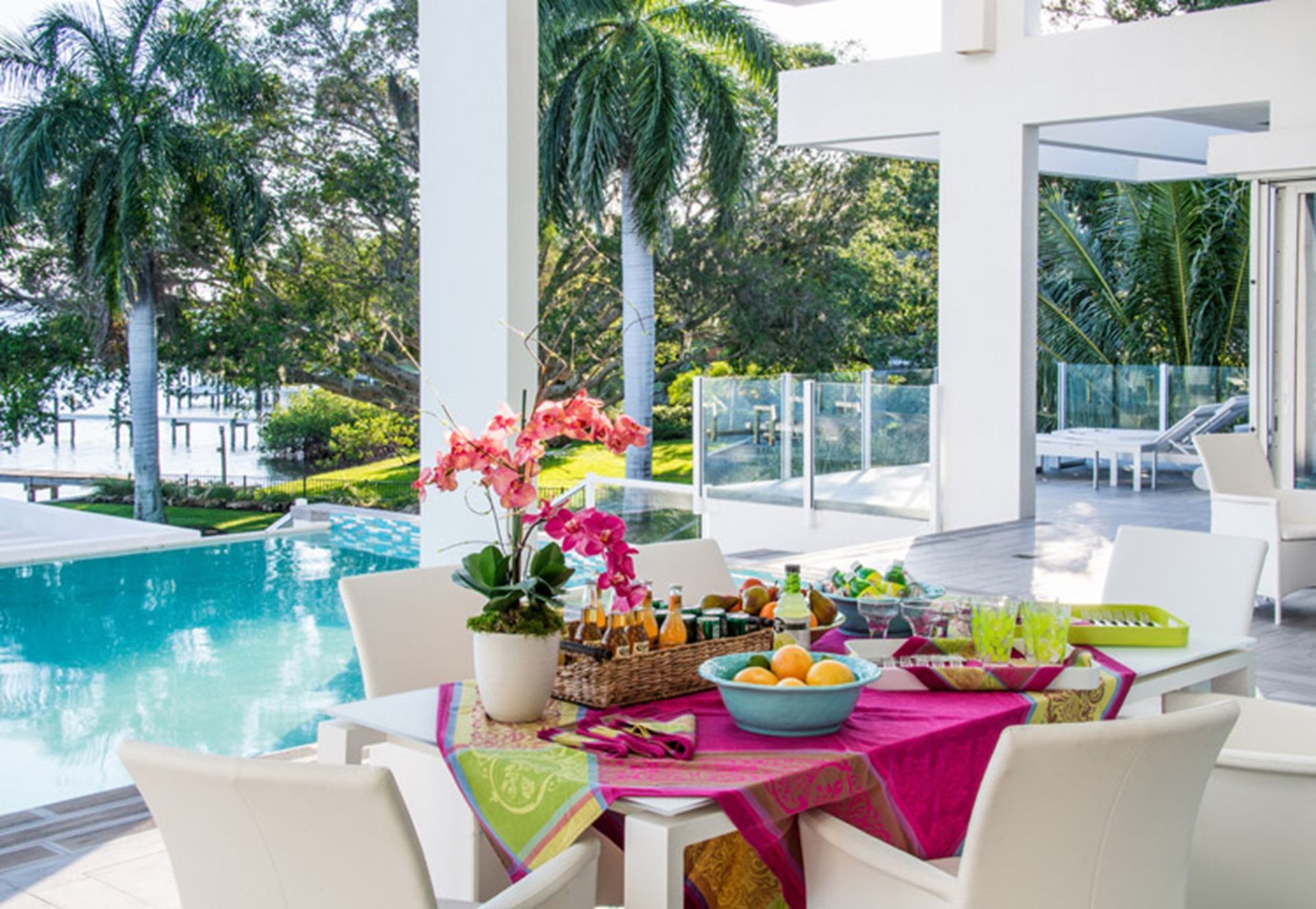Modern Design
There is lots of talk and awareness of “Modern Design” today, so I thought it might be interesting to explore the history of how this design style evolved. Florida is a place known for its Modern Design heritage, and in fact, has numerous wonderful examples of this design dialect. Let’s look at a bit of history first.
Design is all around us, whether we are aware of it or not. Any time a human being has applied paint to a pot, adorned a garment, or manipulated a surface to make something utilitarian more pleasing, design has happened.
As societies and civilizations have developed and changed, the definition of what is beautiful changes too. The rich and ornate baroque of the 16th century led to the lighter, more refined and neo-classically influenced style of the 17th century. What once was thickly carved and often gilded became a softer, painted surface, with less elaborately carved details, still highlighted in gold leaf perhaps, but not so extravagantly.
In the last part of the 19th century, the heavy and pervasive ornamentation of the Victorian era led to a reactionary series of design movements that stripped away the layers of color, pattern and texture of that time and asked the world to look at things with new, more informed eyes.
The Arts and Crafts movement, which had a strong beginning in England during that time, fostered sympathetic colonies of artists, craftsmen, architects and designers in America and Europe. As a reaction to the mass-produced products of the Victorian age, these groups encouraged the hand-wrought object and venerated the individual artist, who often found inspiration in motifs of the natural world.
But things took a major shift at a remarkable school in Weimar, Germany. Called the Bauhaus, it was a place where all the old means of learning were thrown out and the students were taught to look at the world from the most basic elements of color, shape and form, as well as the nature of materials - wood vs. steel vs. glass, etc. In addition, they studied the function of an object or building, before applying any form or style to it. It was a remarkable time and place, with the most energetic and passionate individuals coming together.
Within those plain walls a rich design stew was concocted. For instance, furniture was formed out of bent chromed steel tubes with wicker seats. These chairs are still in the designer’s lexicon and are still looking crisp and new. Pottery and china, silver serving pieces, woven and printed fabrics, typography and ultimately architecture too were the curricula of this remarkable place.
Artists that taught in the school are names that are familiar: Klee, Albers and Kandinsky. Architects Gropius and van der Rohe headed the school at different times.
Many of the faculty ultimately came to this country as Europe and Germany became less hospitable to artists and other free-thinkers. They settled in design and architecture schools, and had a profound influence on the development of cities, buildings, and interiors and what we have come to call Modern Design.
One of the things that Modern Design has done is open up the box that is the room, both literally and figuratively. A great example of this is the use of glass. Glass is now able to be made in large sheets, and in contemporary homes and buildings sometimes the entire wall surface is glass. Other materials such as steel and concrete are used in similarly innovative ways.
When we think of Modern Design we think of bright, open spaces, often lightly colored, and embellished with furnishings that are simple but bold of line, and art that is colorful and strong. In Modern Design, fewer pieces are used but each piece has its own interesting character and uniqueness.
Sometimes, whole rooms are created with all new and custom furnishings, with each piece being designed for that particular client or project. These rooms, as period rooms from other ages, have a consistency and cohesiveness that is special and powerful. One can think of great rooms in museums or mansions, where all the furnishings are from the same period, and they have a powerful richness and satisfaction. New rooms can have this same strength where all the furniture, rugs, lighting and art are created and assembled to make an environment that is greater than the sum of its parts.
If you are ever in Chicago, try having lunch in the restaurant in the modern art wing of The Art Institute and you will see how fabulous a tightly designed room can be. This recent addition is by the internationally acclaimed Renzo Piano and the restaurant is named for him. The room is one of those places where every surface and fixture is just right. All glass and white with a pale wide plank oak floor, the expansive space is subdivided by graceful banquettes, the tables are topped with pale white resin slabs, the china and silver are all simple, unique and contribute to the experience. The ceiling is simple and plain, and provides lighting, ventilation, sprinklers, speakers and security, and yet is detailed in such a masterful fashion that one is unaware of all those necessities unless you look for them. These sorts of experiences inspire designers to continue improving and refining what we do as well.
Other times and situations will require a blend of old and new. At Hughes Design, we sometimes create big spare rooms, where there is nothing more ravishing than a fabulous antique console or commode against a stark and daring wall. We love to blend the old and new. One rule we have, however, is that quality always blends with quality. So you want to buy the best that you can, even if that means buying fewer pieces. So, feel comfortable creating those clean-lined, spare and dramatic rooms that Modern Design has inspired whether with furnishings all from that period or with a well-vetted mix from other times as well. Somehow, good design always goes beautifully with good design.
